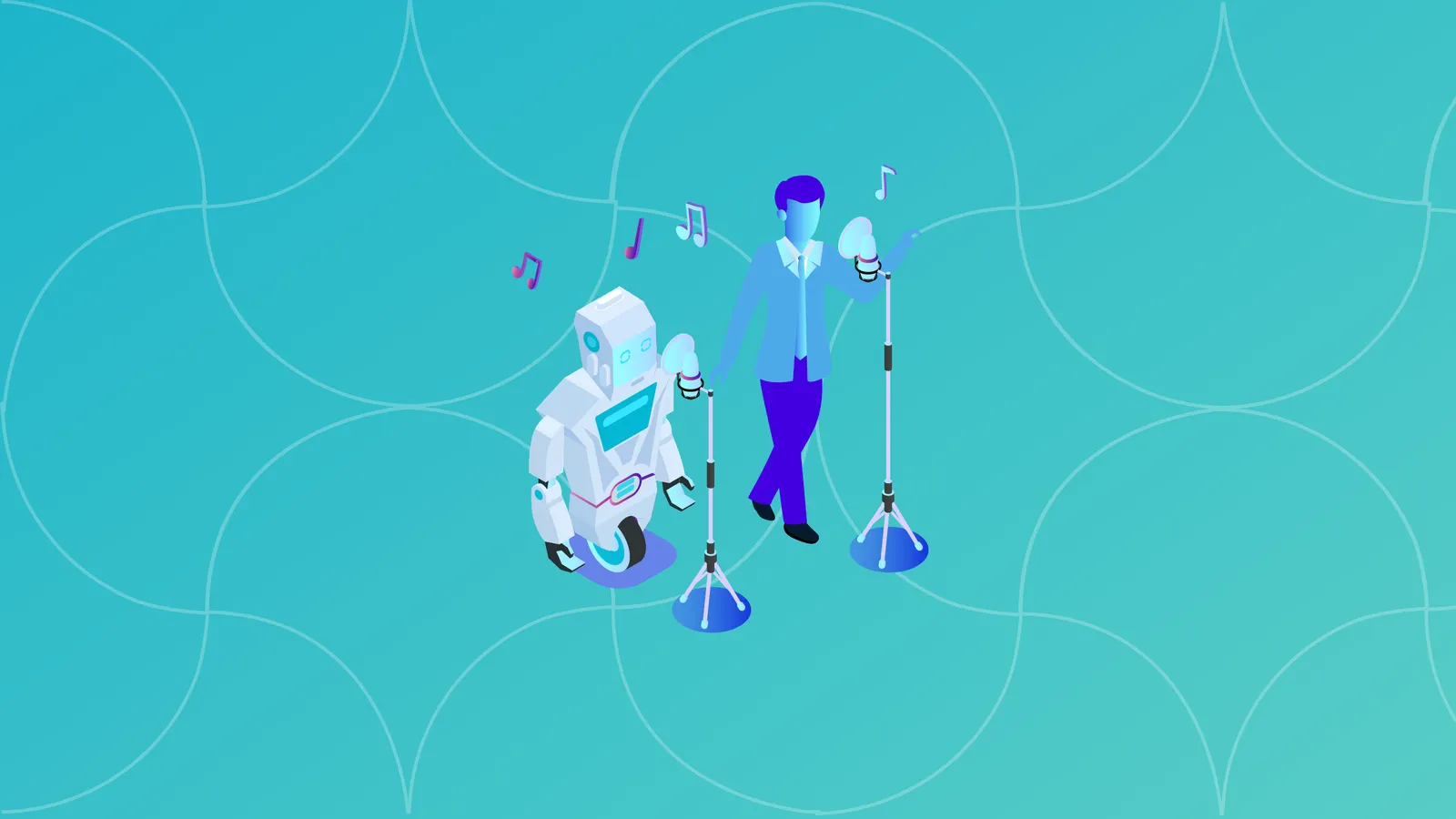The world of artificial intelligence (AI) is full of possibility, but it also invites hesitation and even fear. Setting aside existential concerns for the time being, many people are worried that AI will take over their work, leaving them unemployed and increasingly unemployable. While there are certain industries and professions that may have more to worry about in this area than others, some parts of the AI world are less clear. AI systems designed to create art and specifically music-generating AI is a case in point. These systems may in fact lead to a more harmonious partnership between humans and computers.
AI systems that are designed to produce creative works like music must tackle a host of parameters and considerations, and they often invite added legal scrutiny as well. These include a combination of craft, technique, rule-following (and rule-breaking), inspiration, innovation, and more. And in order to be successful, AI-generated music must also pass the ineffable taste test: listeners have to enjoy hearing the music. This is a huge undertaking, even for a machine trained on a tremendous amount of data and with rigorous algorithms and inputs. The AI-generated, Beatles-style “Daddy’s Car” is knocked as an example: a combination of rock tropes that seems jumbled and incoherent to many listeners.
Many of the most successful AI tools used in the process of creating music do so with the express intention of partnering with humans. And indeed, many musicians see AI-based music not as a threat to their livelihoods and art-making, but as a potential tool and even the impetus for new genres, sounds, and creative projects. Here are some of the ways that humans and AI are interacting to make music.
Ambient and Background Music
If AI is not yet capable of producing pop hits, some musicians have utilized it for creating music that might receive less scrutiny: background music for commercials, podcasts, and similar productions. An AI tool like Amper allows human users to input a variety of parameters including mood, genre, tempo, and more, and the AI then produces music fitting those specifications. In many ways, this type of human-AI interaction is similar to others in the AI space. Visual AI generators often use a similar process of transferring human input to AI-based images, for example.
Endel is another AI tool used for a similar purpose. It allows users to create personalized soundscapes based on weather, heart rate, circadian rhythms, and other factors to match the user’s mood and needs.
Individual Artist Collaborations
An increasing number of individual musical artists are finding that AI can be a useful tool in augmenting their own creativity. German duo Dadabots uses AI to generate sounds that have never been heard before, while pop star Grimes has encouraged the use of AI systems to replicate her voice in other people’s music. It is possible to use AI to turn your voice recording into a melody sung by your favorite artist (a recently released pop song claimed to feature vocals by popular artists Drake and The Weeknd, but all vocals were actually generated by AI). Some artists are also using AI to foster collaborations where they would never have been possible, including singing along with an AI version of yourself simultaneously. But for many artists, AI serves a simpler purpose: to help get beyond writer’s block. AI can help to generate melodic, lyrical, and other content that can help to supplement or drive an artist’s creative energies.
I'll split 50% royalties on any successful AI generated song that uses my voice. Same deal as I would with any artist i collab with. Feel free to use my voice without penalty. I have no label and no legal bindings. pic.twitter.com/KIY60B5uqt
— 𝔊𝔯𝔦𝔪𝔢𝔰 (@Grimezsz) April 24, 2023
New Frontiers?
For many artists, producers, and others in the music industry, the potential use of AI as a collaborator in the creative process is not a particularly big deal—nor is it something especially new. After all, essentially all pop music makes use of digital correction software like autotune to address pitch inconsistencies and improve the sound of a singer’s vocals. It is common practice for many pop musicians to lip synch in concert, in effect another type of digital-human collaboration. And the practice of working alongside an unnamed partner is nothing new, considering the long list of successful musical ghostwriters and producers.
For supporters of AI as a tool to enhance the musical landscape and creative possibility, computers are a natural way of fueling innovation, generating new ideas, and even simply adding to a bank of sounds to be used in a recording.
Cheat Sheet
- Many musicians see artificial intelligence (AI) as a collaborative partner in the creative process, although there is a fear among some that AI could replace human musicians at some point in its development.
- Possible collaborations between human artists and AI include live performances that enhance sounds made by a human using computer technology, the ability to replicate another artist’s voice, the process of using AI to create new sounds, melodies, lyrics, or songs, and much more.
- Some AI-based music systems include Endel and Amper, both of which take human input and generate soundscapes useful as background music or in settings like podcasts and commercials.


